Exceptional Condensed Milk Bread: Mix in a Bread Machine
Sneak Preview: This Exceptional Condensed Milk Bread is mixed and kneaded in a bread machine, shaped by hand, then baked in a conventional oven. This loaf’s velvety-soft, close texture will remind you of brioche. It makes the BEST peanut butter and jelly sandwich you will ever eat!
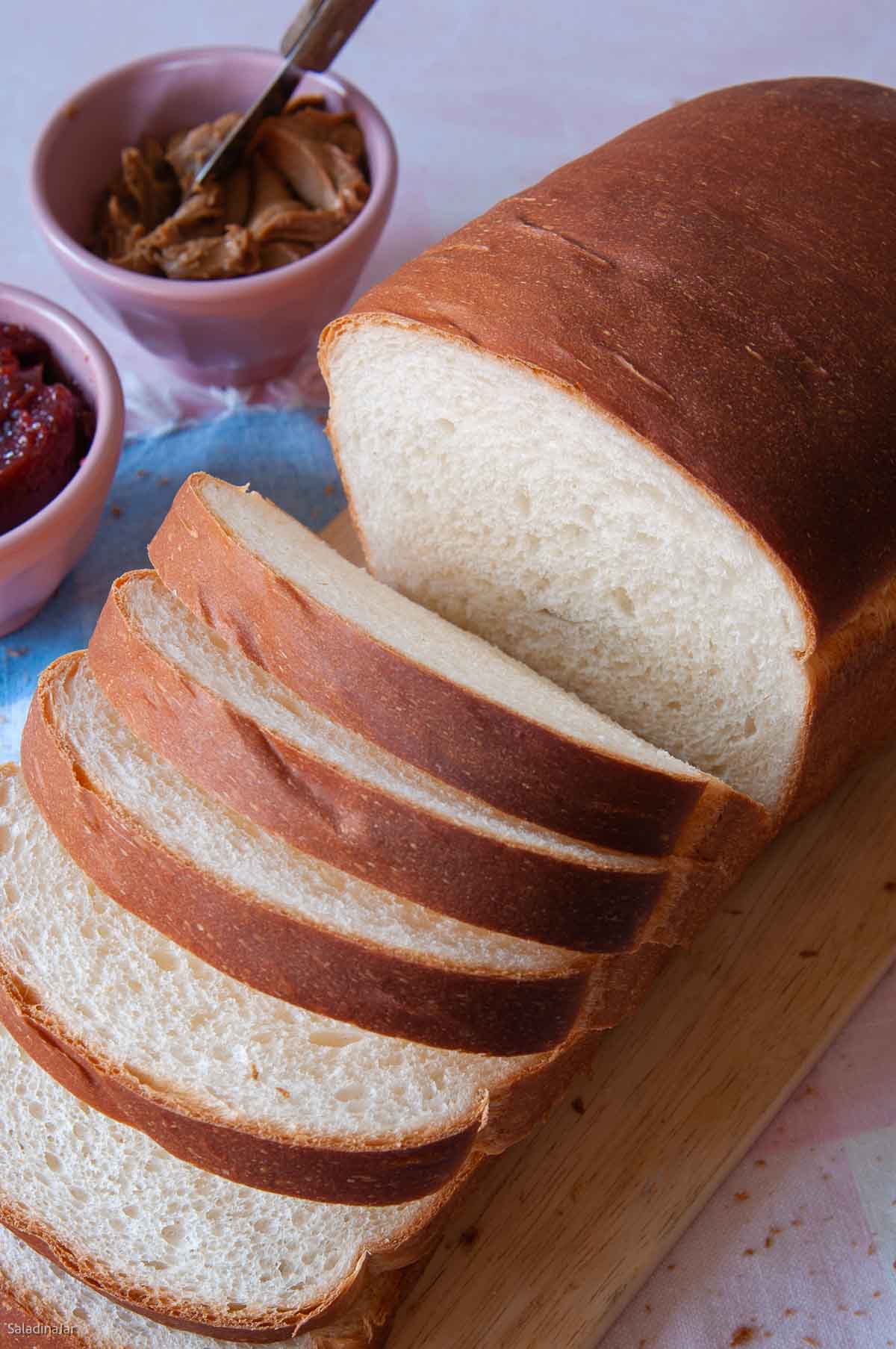
As an Amazon Associate, I earn from qualifying purchases.
A soft and tender white bread loaf is not for everyone. However, if you count white bread as one of your guilty pleasures, this is my best recipe. It’s worth the carb splurge.
As a teenage exchange student living in Europe, my “family” laughed at me for eating peanut butter and jelly sandwiches. They claimed only small children would typically enjoy such food.
Come to think of it…maybe it’s because they didn’t have Wonder bread. I can’t imagine a PB&J on French bread or ciabatta.
No worries if you don’t have a bread machine. See the recipe notes to make this loaf by hand or stand mixer.
Happy Bakers Speak Up
“Your sweet milk soft white bread has been my go-to bread for years. It’s delicious and makes wonderful gifts. People always ask for more…. I solved the left-over condensed milk problem: I just make two loaves and freeze one!”
—PEGGY
Ingredients and Substitutions
- WATER: I like to use spring water if I have it. But spring water can get expensive if you make a lot of bread. Instead, I keep tap water that has been set on my counter for 24 hours to let the chlorine evaporate. You don’t have to do this–it’s just my quirky habit.
- SWEETENED CONDENSED MILK: This milk is a key ingredient in this recipe. If you don’t have sweetened condensed milk in your pantry or can’t find it where you live, you can make sweetened condensed milk at home with this recipe. I make half a recipe (the perfect amount), and it’s quite good.
Cream of coconut is another product that would make a wonderful substitute if you don’t mind a slight coconut flavor. - SALT: Use table salt or sea salt.
- BUTTER: Use softened butter, not melted butter.
- BREAD FLOUR: You could use all-purpose flour but bread flour contains more protein and will help your bread rise slightly higher. If using all-purpose flour, hold back a couple of tablespoons of water and only add if you need them to make the dough stick to the sides of the bread machine pan and pull away cleanly as it kneads.
- YEAST: Bread machine or instant yeast is always my first choice for a bread machine recipe. If you only have active dry yeast, you can use that instead. Although technically, you don’t have to dissolve it before adding it to the bread machine pan, it will start to work faster if you dissolve it first in some of the water called for in the recipe.
How To Make Condensed Milk Bread in a Bread Machine
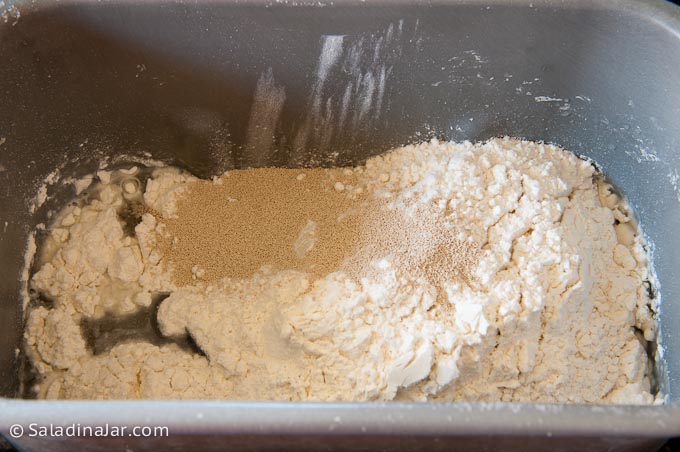
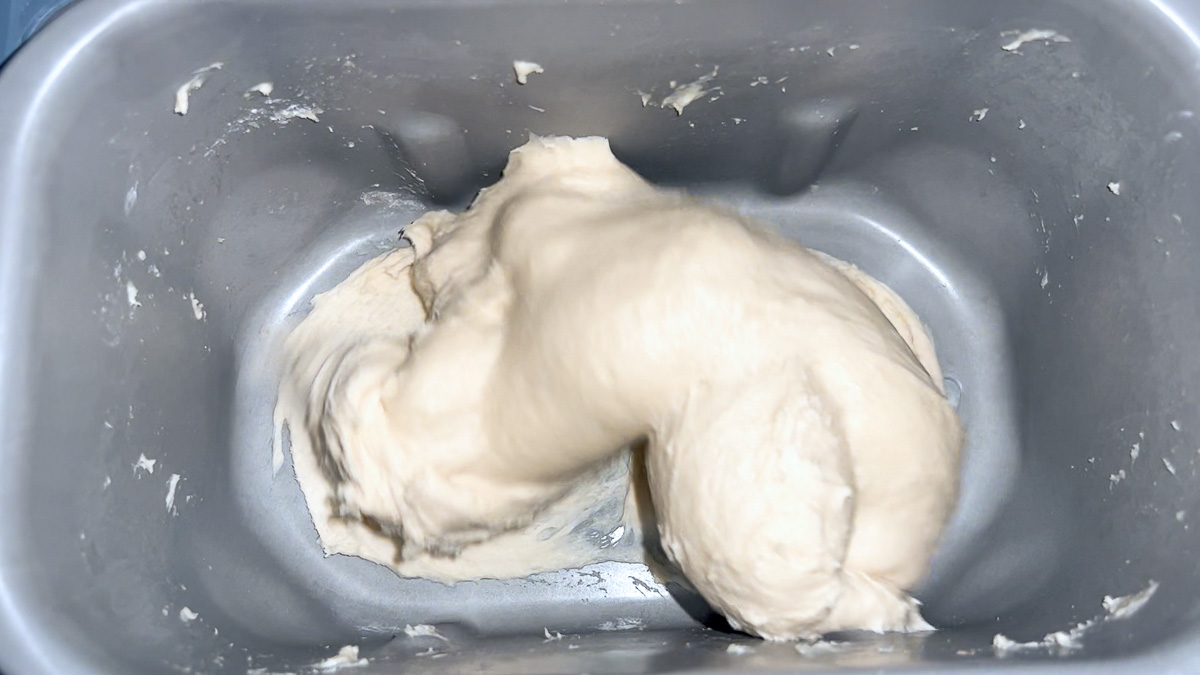
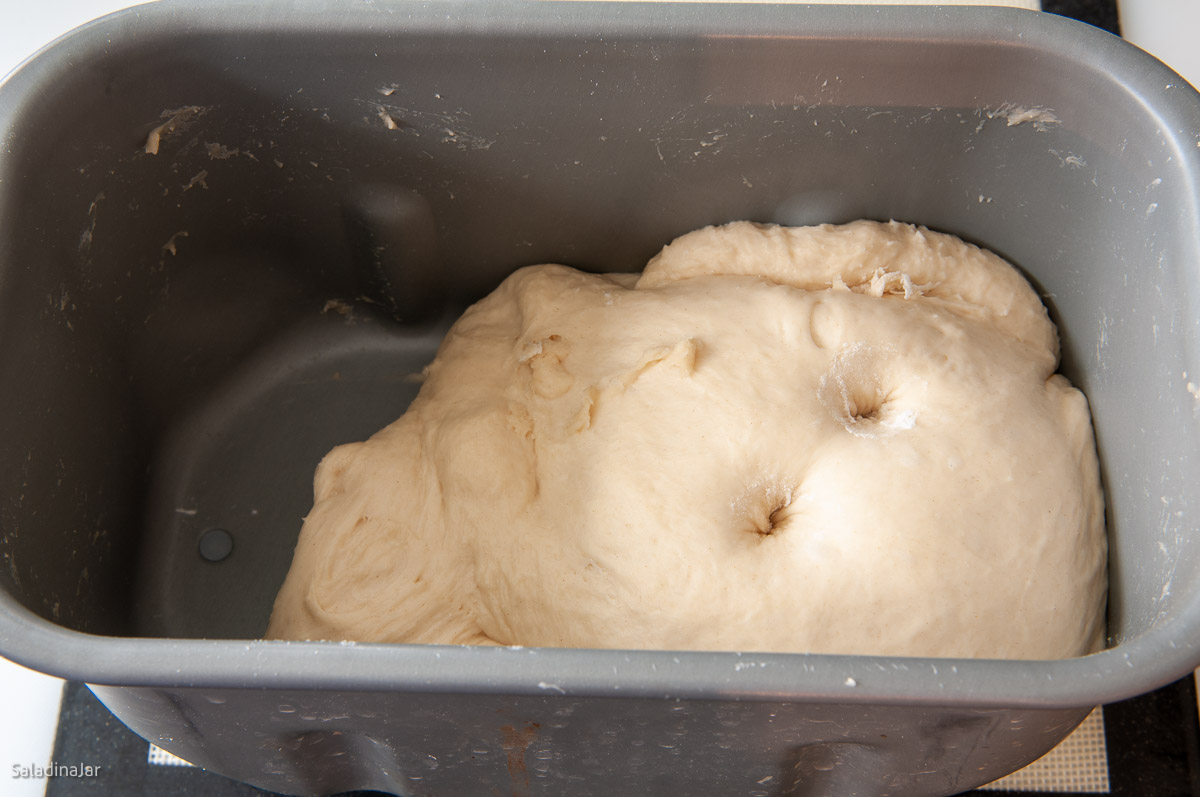
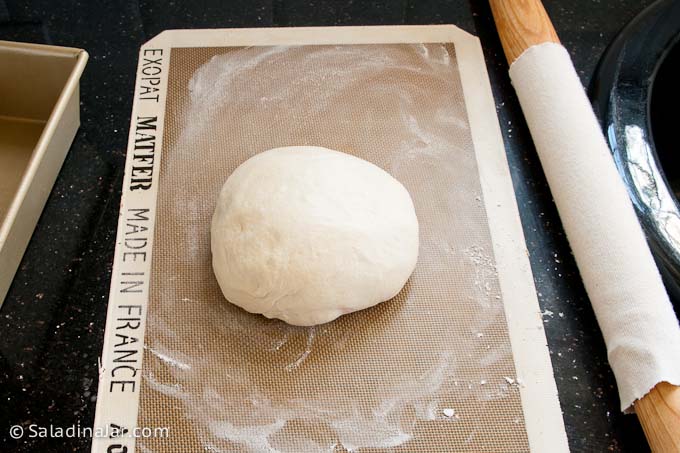
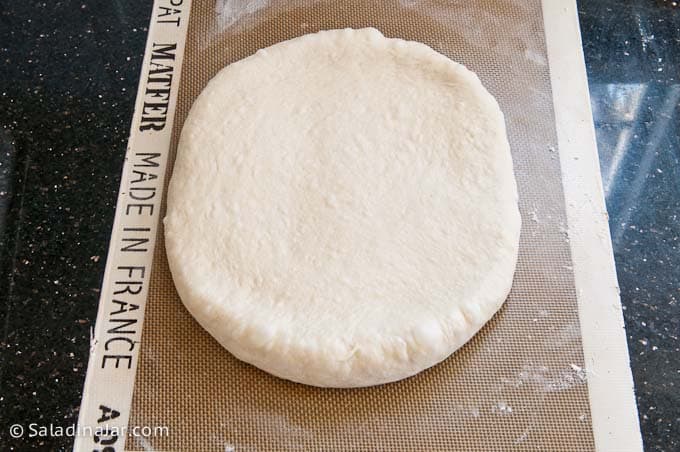
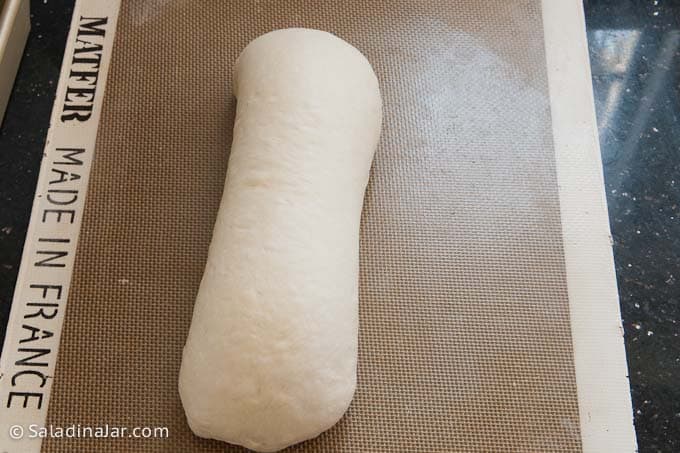
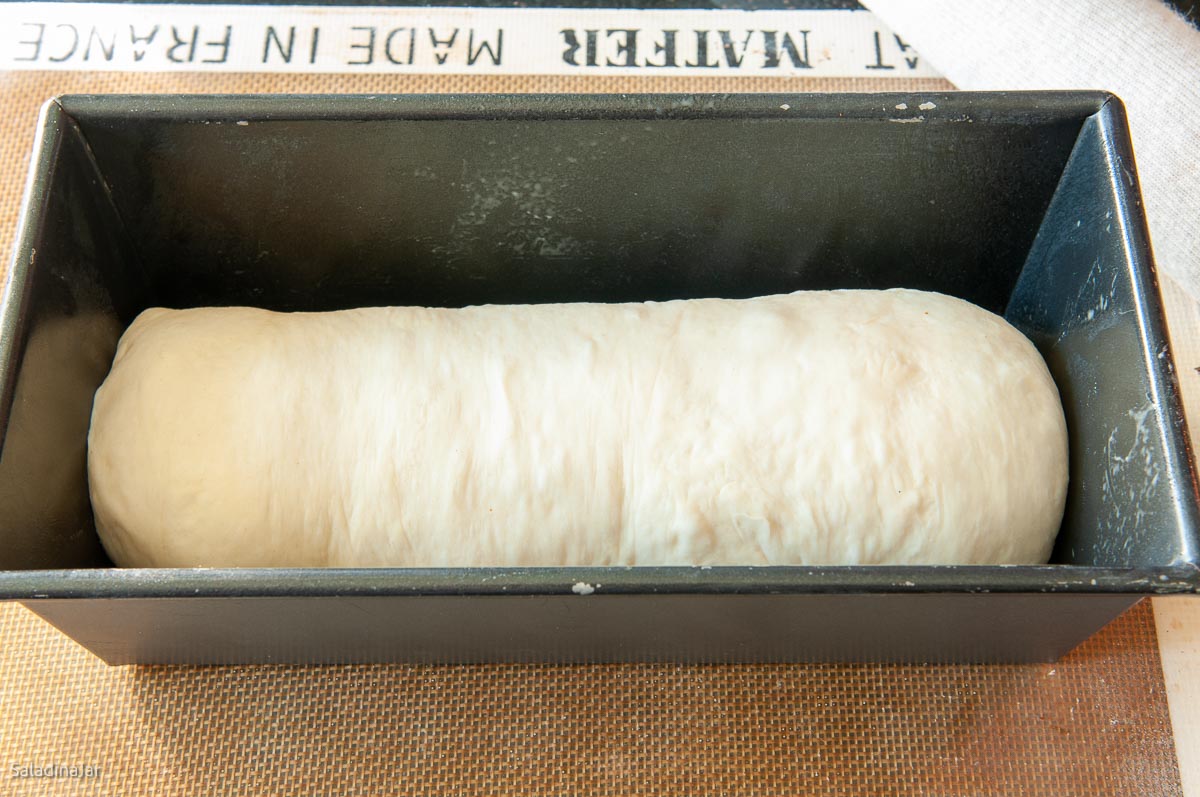
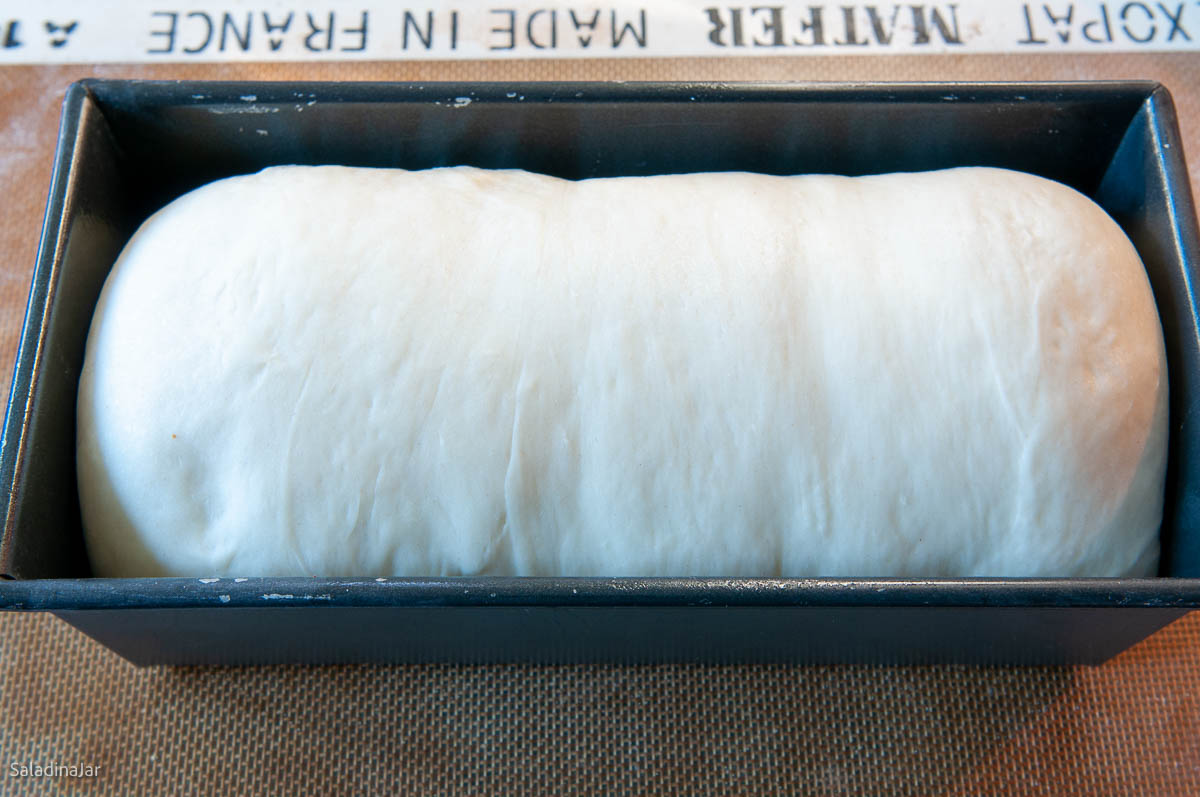
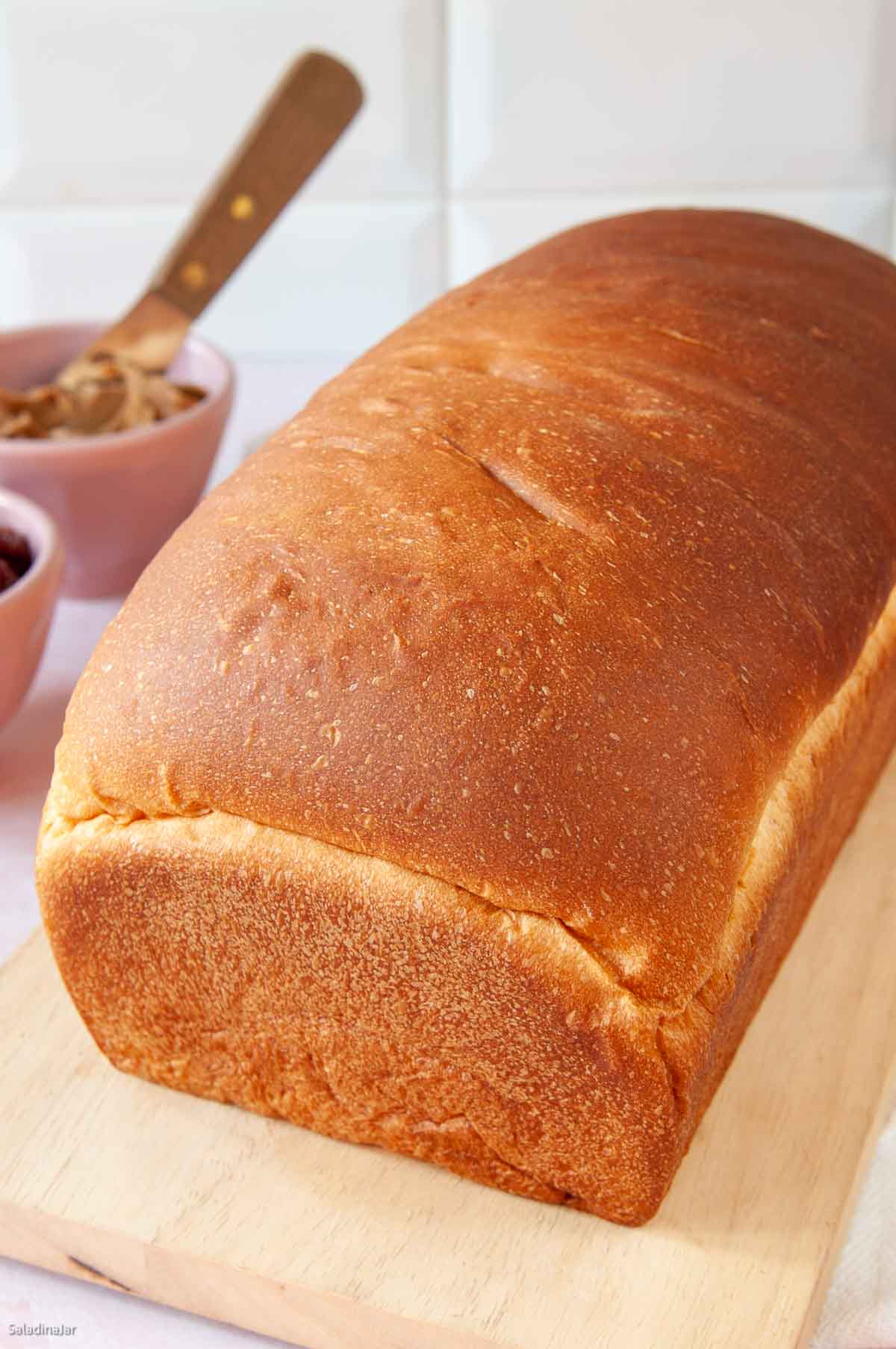
This bread is velvety soft and exceptionally flavorful.
FAQ
Once you make this recipe, you will quickly see why we’re discussing this. The recipe calls for 1/2 cup of sweetened condensed milk. That means you’ll have a lot left over.
You can freeze sweetened condensed milk in the freezer for up to three months.
You can leave it in the refrigerator if you think you will use it within three weeks.
That’s OK. Don’t go any smaller than noted in the recipe, but you can go a little bigger. However, pay attention and don’t let your bread rise more than double its original size.
If you only have a smaller loaf pan, pull out some dough and make rolls with it.
Another solution? Buy a 9 x 4 x 4-inch Pullman bread pan. It will work for nearly all of the loaf recipes on this website. The higher sides make it useful for a broader range of recipe sizes.
Set your timer for halfway through the cooking time. Check the bread. It is likely already golden brown on top, but it is far from completely baked.
Shield the loaf by draping foil loosely over the dome. Try baking your bread on a lower shelf the next time.
Check it with a quick-read thermometer. The temperature in the middle of the loaf should read 200˚ F.
If it is still doughy, you risk the loaf falling or caving in on the sides.
Maybe. It depends on many factors (e.g., the brand of the bread machine, humidity, type and brand of flour, temperature in the room, etc.).
I hope you get lucky and the machine will produce a decent loaf of bread. You can expect the crust to be thicker and somewhat chewy.
Good question. Here’s the deal.
The friction of the bread machine paddles will heat the dough quickly so it should be cool (not freezing) when added to the bread machine pan.
Remember to test the dough at the end of the DOUGH cycle by poking it lightly with two fingers. If the holes immediately fill in, leave the dough in the bread machine pan to continue rising.
The holes left by your fingers should fill in slowly. If they don’t fill in, the dough may be over-proofed.
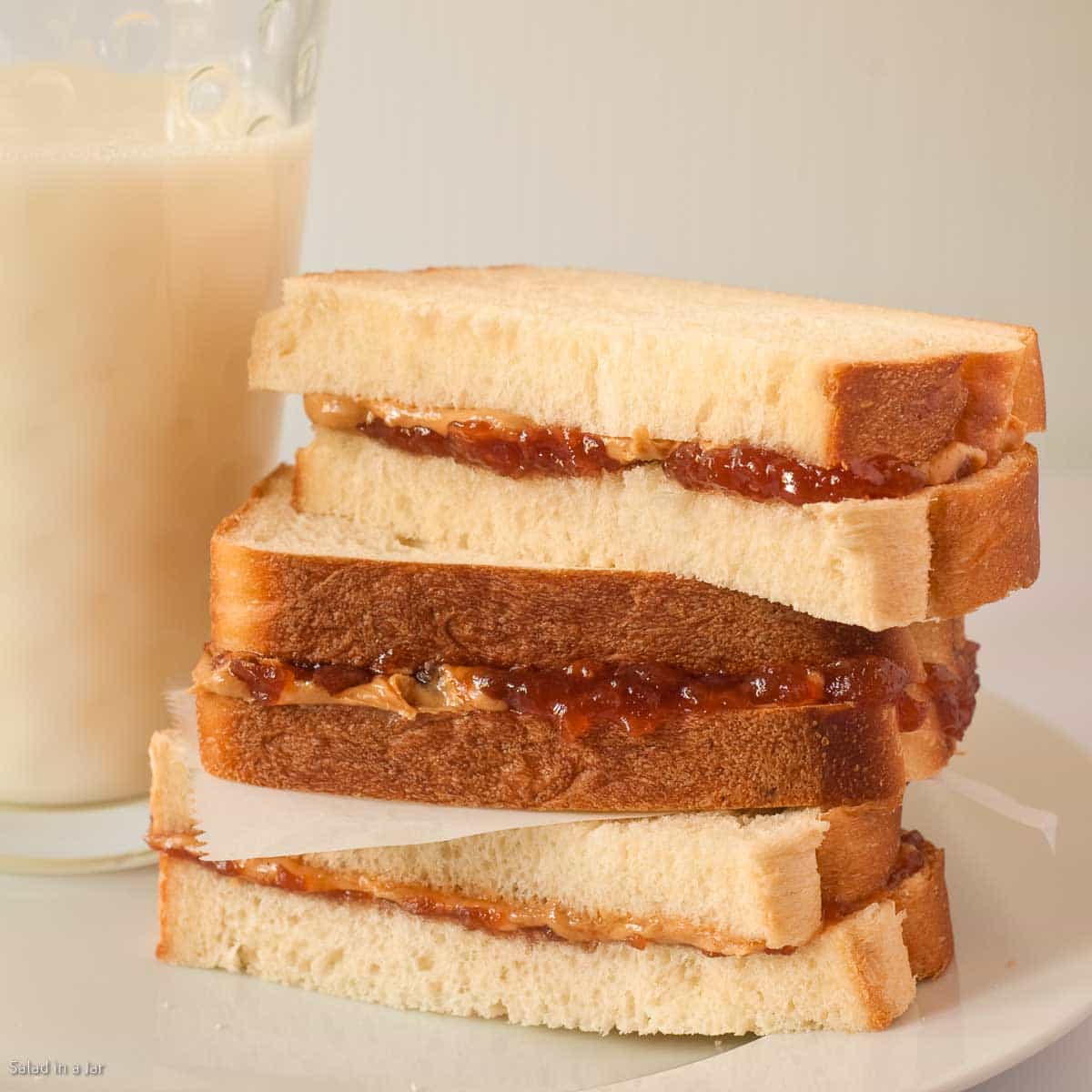
Addendum 2/03/22:
I reduced the water from 227 gr (1 cup) to 198 gr (7/8 cup) because I always had to add several tablespoons of flour to achieve the ideal dough consistency (the dough should stick to the side of the bread pan, then pull away cleanly).
Your situation may differ, so always check the dough after it kneads for 12-15 minutes. Add more flour or water if necessary to correct the consistency. (See the video.)
I also reduced the yeast to 1½ teaspoons because the dough was rising too fast. A slower rise yields more flavor. Again, test in your kitchen with your favorite flour and yeast to find out what works best for you.
Looking for More Recipes for Your Bread Machine?
- 6 Bread Machine Secrets You Need To Know
- Cracked Wheat Berry Bread: Making Forbidden White Bread Healthier
- My Favorite Dinner Rolls–Updated with the Tangzong Method
- How To Make Buttery Brioche with a Bread Machine
- What Does a Bread Machine Do and Why You Might Need One
Recipe Help at Your Fingertips: For questions or suggestions, email Paula at saladinajar.com. If you need help, I’m happy to troubleshoot via email (faster than leaving a comment). Attach pictures and as many details as possible for the best advice.

Bread Machine White Bread with Condensed Milk Recipe
Rate this recipe
(5 stars if you loved it)
Video
Ingredients
- ⅞ cup (198 g) water (cool)
- ½ cup (156 g) sweetened condensed milk
- 1¼ teaspoon salt
- 1 tablespoon unsalted butter (chopped)
- 3 cups (360 g) unbleached bread flour
- 1½ teaspoons instant or bread machine yeast
Instructions
- Add ingredients: ⅞ cup (198 g) water (cool) , ½ cup (156 g) sweetened condensed milk, 1¼ teaspoon salt, 1 tablespoon unsalted butter (chopped), 3 cups (360 g) unbleached bread flour), and 1½ teaspoons instant or bread machine yeast to the bread pan in the order listed.
- Select the DOUGH cycle and press START.
- Check the dough at least twice during the mixing and kneading phase by lifting the lid to take a peek. The first time, look immediately after the machine starts mixing to ensure the paddles are engaged correctly. Recheck 15 minutes into the DOUGH cycle to assess the consistency of the dough. The dough should stick to the side, then pull away cleanly.If your dough is too wet, add flour one tablespoon at a time.Conversely, if the dough is too dry, add one tablespoon of liquid at a time until the dough looks just right. Read more about this surprising secret to success with a bread machine here.
- Remove dough from the pan at the end of the dough cycle and place onto a lightly floured board. Knead by hand a little bit to press out any large air bubbles.
- Roll into a rectangle approximately 9 x 11 inches. Roll up starting from the longest edge. Pinch the seam closed. Tuck each end toward the seam and pinch to close. Lay the cylinder into a 9 x 5-inch loaf pan. If the only loaf pan you have is smaller, don’t put all the dough into the pan. Instead, make rolls with the extra dough.
- Cover and let the dough rise until it is not quite double its original size. Because this dough is a “high-riser,” be careful not to let the dough rise too much. or it will cave in on the sides or the top.
- Preheat your oven 15 minutes before you estimate your loaf will be ready.
- Bake at 375˚F (190˚C) for 35-45 minutes. The interior should reach 190˚F (88˚C). If necessary, place a foil tent over the bread halfway through baking to protect it from over-browning.
- Allow the loaf to sit in the pan for 15 minutes before turning out to cool completely. It’s best to wait at least two hours before slicing so the loaf will hold its shape without squishing under the pressure of a knife.
Notes
- To make this recipe in a heavy-duty stand mixer: Add ingredients to the bowl in the same order. Turn on LOW to mix until all ingredients are moistened. Then, using a dough hook, turn the speed to 2 or 3. Continue beating/kneading until dough becomes smooth and elastic (about 5-10 minutes). Cover and allow to rise in a warm place. Deflate dough gently and shape as indicated in the recipe.
- If making by hand: Combine all ingredients into a shaggy ball in a large bowl. Turn dough out onto a floured surface. Knead with your hands until the dough becomes smooth and elastic. Kneading will likely take 10-20 minutes, depending on your experience. Place the dough ball into a greased bowl. Cover and allow to rise until double. Deflate the dough gently and shape as indicated in the recipe.
- Please note: If you only have active dry yeast, use 1/4 teaspoon more than called for in the recipe. It no longer needs to be dissolved first, but you can if you prefer.
Equipment
Nutrition
All images and text ©️ Paula Rhodes for Salad in a Jar.com
This recipe is slightly adapted from The Bread Machine Magic Book of Helpful Hints by Linda Rehberg & Lois Conway.

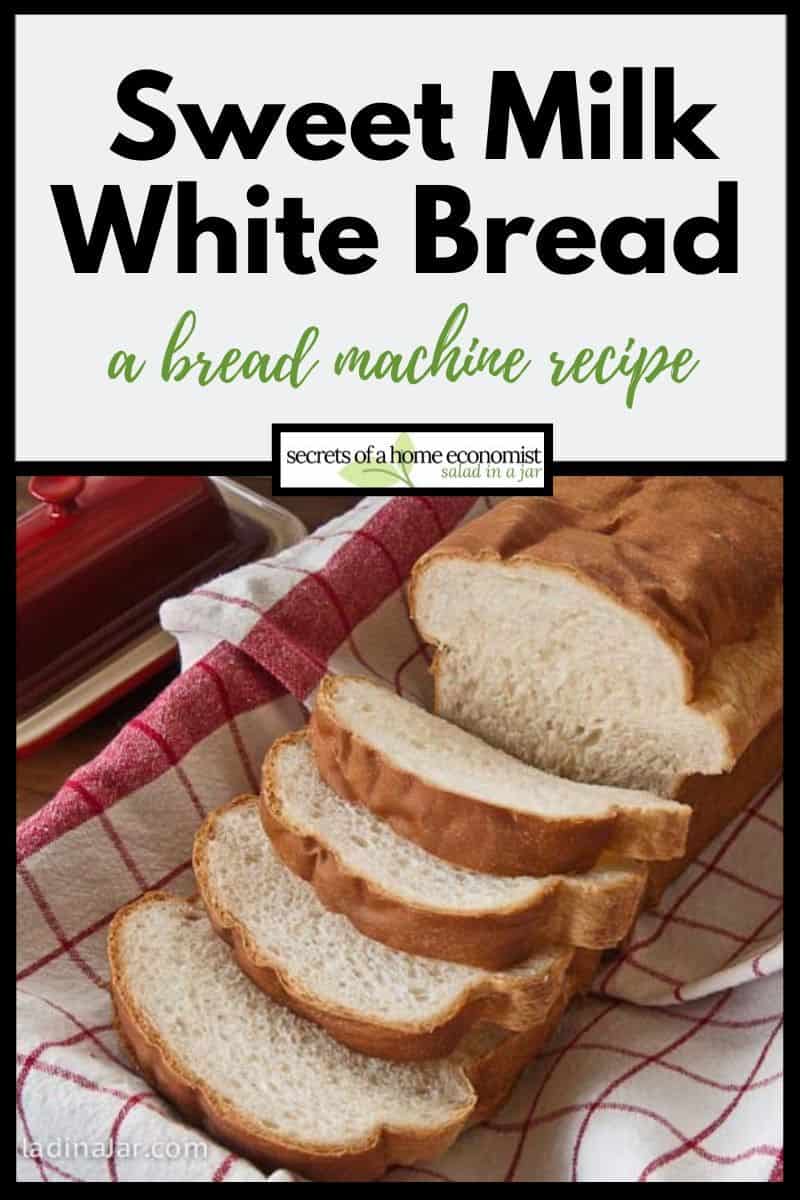

Paula Rhodes, owner
As a retired home economist, I created Saladinajar.com to share my belief that you don’t have to be a chef to find joy in creating homemade food worth sharing. Bread machines (used in an unconventional way), homemade yogurt, and quick microwave recipes are my specialty.